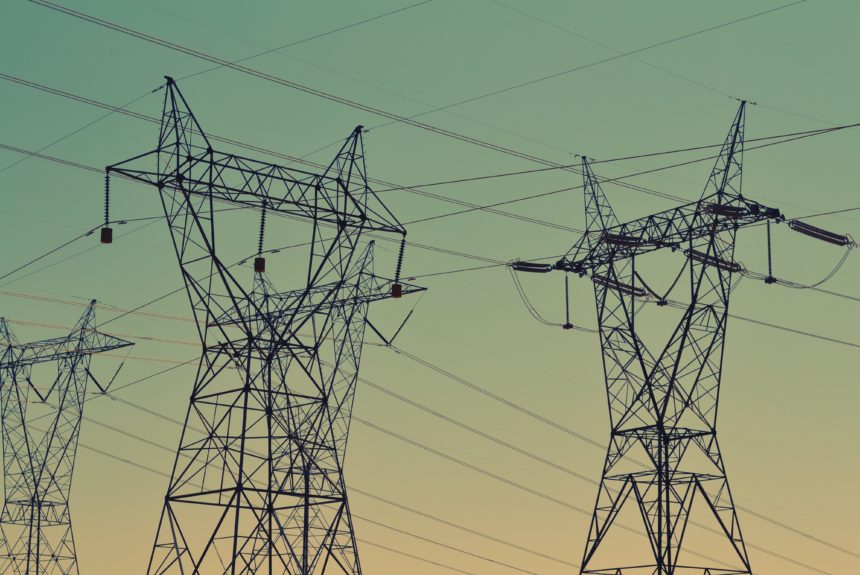By Kelvey Vander Hart
During the weeks following the cold snap that swept the nation, it was hard to find an energy story that did not include at least a passing mention of the grid. But unless you know about America’s grid system, those mentions will not make sense. So, here is your guide to all that you should know about our nation’s grid:
What is the “grid?”
Referring to the “grid” is actually a shorthand of sorts. The reference being made is really to America’s electrical power grid system. This grid is comprised of the power plants, substations, transformers, and transmission lines that take electricity from where it is generated and deliver it to the end-user, which are electrical consumers.
Does America just have one big grid?
Nope! America actually has THREE grids that are interconnected but separately operated and typically function independently. These are the Eastern Interconnection (the largest of the three, covering the Great Plains states minus Texas out to the Atlantic coast), the Western Interconnection (covering from the Rocky Mountains westward), and the Electric Reliability Council of Texas (covering…well, Texas).
Is there a separate grid for green energy?
No, again! Green and clean energy actually goes straight into the grid as would any other power source. However, the rise of renewable energy is highlighting ways our grid and transmission system could be improved to accommodate a new mix.
What is a “grid operator?”
Grid operator is another shorthand for Regional Transmission Organizations and/or Independent System Operators. Grid operators monitor the grid to make sure everything is working correctly and adjust if it is not. Some of the factors they are monitoring and managing include power demand, power supply, reserve margins (the available backup capacity to cover for any problem events), and the power generation mix (like the ratio of coal to renewable energy). Highlighting this through the lens of current events, grid operators were the ones working to prevent additional blackouts in the wake of the one that swept Texas.
How many grid operators are there?
There are several, working across ten electric power markets:
- California Independent System Operator (CAISO)
- Midcontinent Independent System Operator (MISO)
- Independent System Operator New England (ISO-NE)
- New York Independent System Operator (NYISO)
- Northwestern Region includes Western Electric Coordinating Council (WECC) subregions:
- Northwest Power Pool (NWPP)
- Rocky Mountain Power Area (RMPA)
- Arizona, New Mexico, Southern Nevada Power Area (AZ/NM/SNV)
- Pennsylvania, Jersey, Maryland Power Pool (PJM)
- Southeastern Region:
- Florida Reliability Coordinating Council (FRCC)
- Southeastern Electric Reliability Council (SERC)
- Southwestern Region Western Electric Coordinating Council (WECC) subregions:
- Northwest Power Pool (NWPP)
- Rocky Mountain Power Area (RMPA)
- Arizona, New Mexico, Southern Nevada Power Area (AZ/NM/SNV)
- Southwest Power Pool (SPP)
- Electric Reliability Council of Texas (ERCOT)
Is the grid owned by the government or the private sector?
The answer is yes. Both own pieces, but it really depends on where you are located. Anthropocene Institute explained:
“For example, in the southeast United States, the high voltage transmission lines may be owned by a power company like Duke Energy, but the electrical substations where power is distributed may be owned by a municipality or an industrial factory. In other states, a private company may control the entire value chain from the power plants to the retail entity that bills you.”
Why is the grid being discussed so much?
The recent rolling blackouts and power failures during the abnormally cold weather that swept the United States can be primarily attributed to failures in the grid. Right now, concerned parties are debating the best course of action to prevent such failures in the future. There are many proposed improvements and adjustments on the table.
Discussion of our grid is ramping up, not going away. From state legislatures to Congress to the public square, it is a topic that is going to be brought up a lot this year. Knowing the facts will equip you to jump into these discussions as well.
Kelvey Vander Hart is a native Iowan, a member of the American Conservation Coalition, and a communications specialist at Reason Foundation.
The views and opinions expressed are those of the author’s and do not necessarily reflect the official policy or position of C3.
